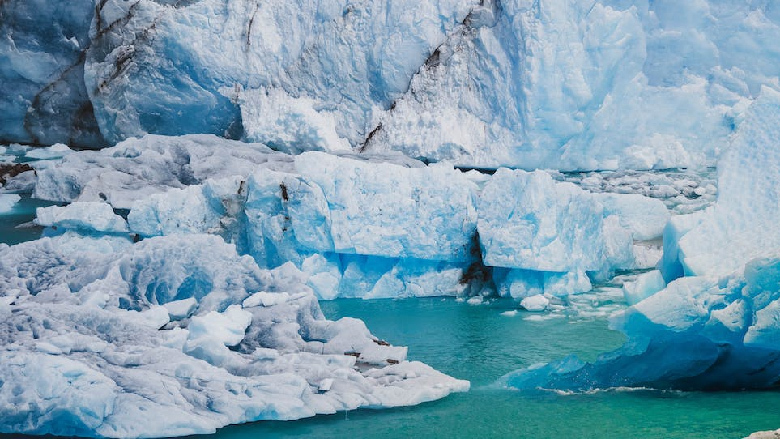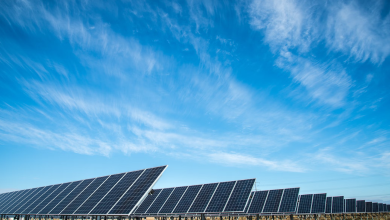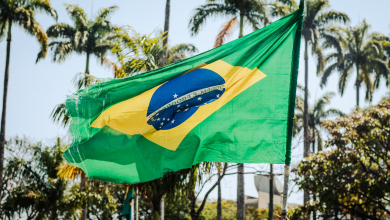Climate change: Greenland has lost at least a trillion tonnes of ice since 1985, new study reveals

The strengthening grip of the climate emergency is causing the Greenland ice cap to lose an average of 30 million tonnes of ice an hour – a figure that is 20% more than previously thought, according to new research published in the journal Nature.
Some scientists are concerned that the changes might mean a collapse of the ocean currents called the Atlantic Meridional Overturning Circulation (AMOC) is closer to getting triggered, unleashing serious consequences for humanity.
“The changes around Greenland are tremendous and they are happening everywhere – almost every glacier has retreated over the past few decades,” said lead researcher Dr Chad Greene, at NASA’s Jet Propulsion Laboratory in the US.
AI techniques used to map 235,000 glacier end positions
The AMOC was already known to be at its weakest in 1,600 years and in 2021 researchers spotted concerning signs of a tipping point. In fact, a recent study suggested the collapse could even happen as soon as 2025, if global carbon emissions are not reduced.
The aforementioned research used artificial intelligence techniques to map more than 235,000 glacier end positions over the 38-year period. This showed the Greenland ice sheet had lost an area of about 5,000 sq km of ice at its margins since 1985, equivalent to a trillion tonnes.
The most recent update from a study that collects all the other measurements of Greenland’s ice found 221 billion tonnes of ice had been lost annually since 2003. The new study adds another 43 billion tonnes a year, making the total loss about 30 million tonnes an hour.
Discovery of ice loss to calculate Earth’s energy imbalance
For decades, the pristine Greenland has been recording major ice loss as a result of global heating. Scientists fear a collapse of the ocean currents could disrupt global environmental patterns, ecosystems and food security.
It takes a huge amount of energy to melt 1 trillion tonnes of ice. The discovery of the extra ice loss is important for calculating the Earth’s energy imbalance – or the amount of extra solar heat the planet is trapping due to emissions produced by human activities.
The glaciers analysed as part of the research had been mostly below sea level already, implying the lost ice was replaced by sea water and did not affect sea level directly. But there is likely an indirect effect as the changes allow glaciers to “speed up”.



